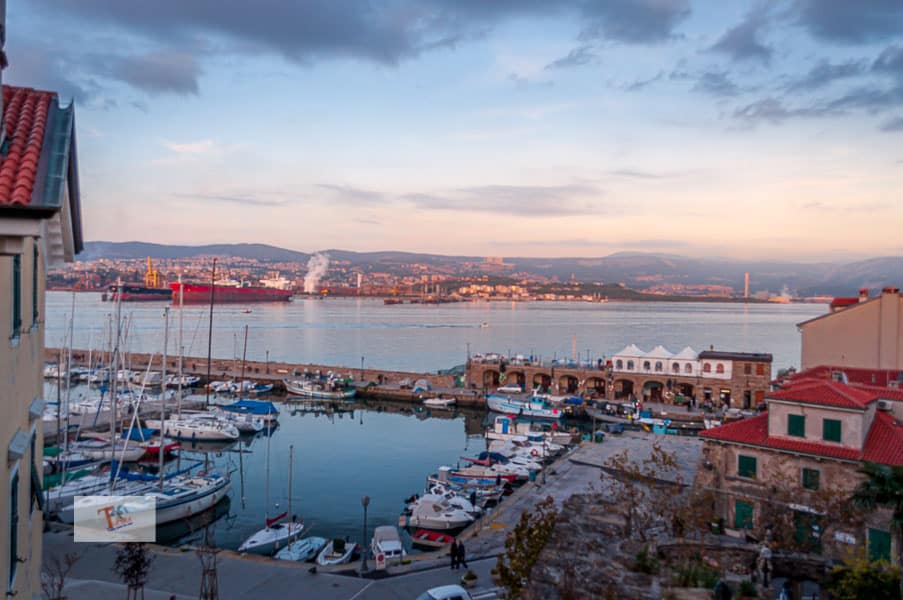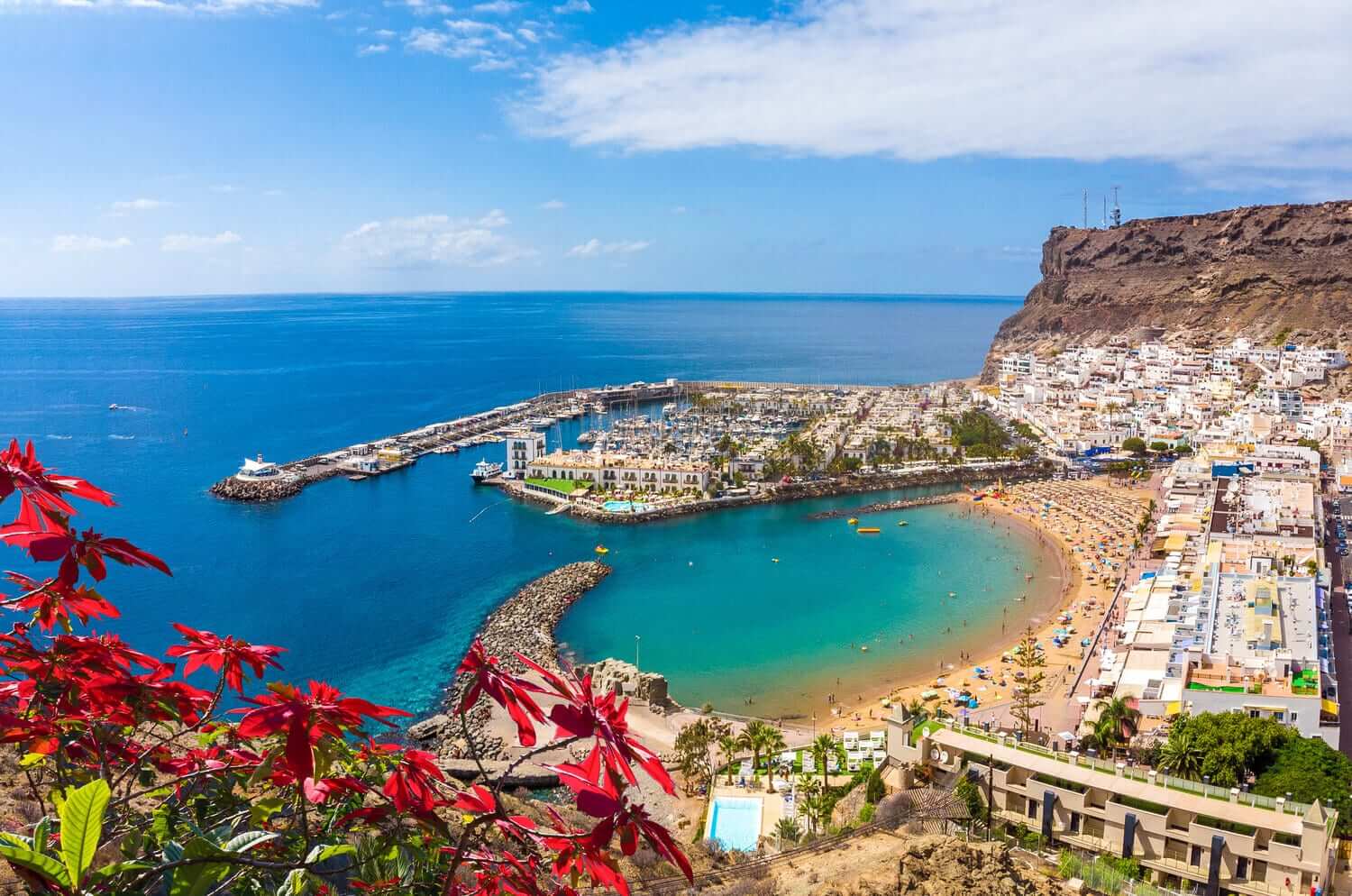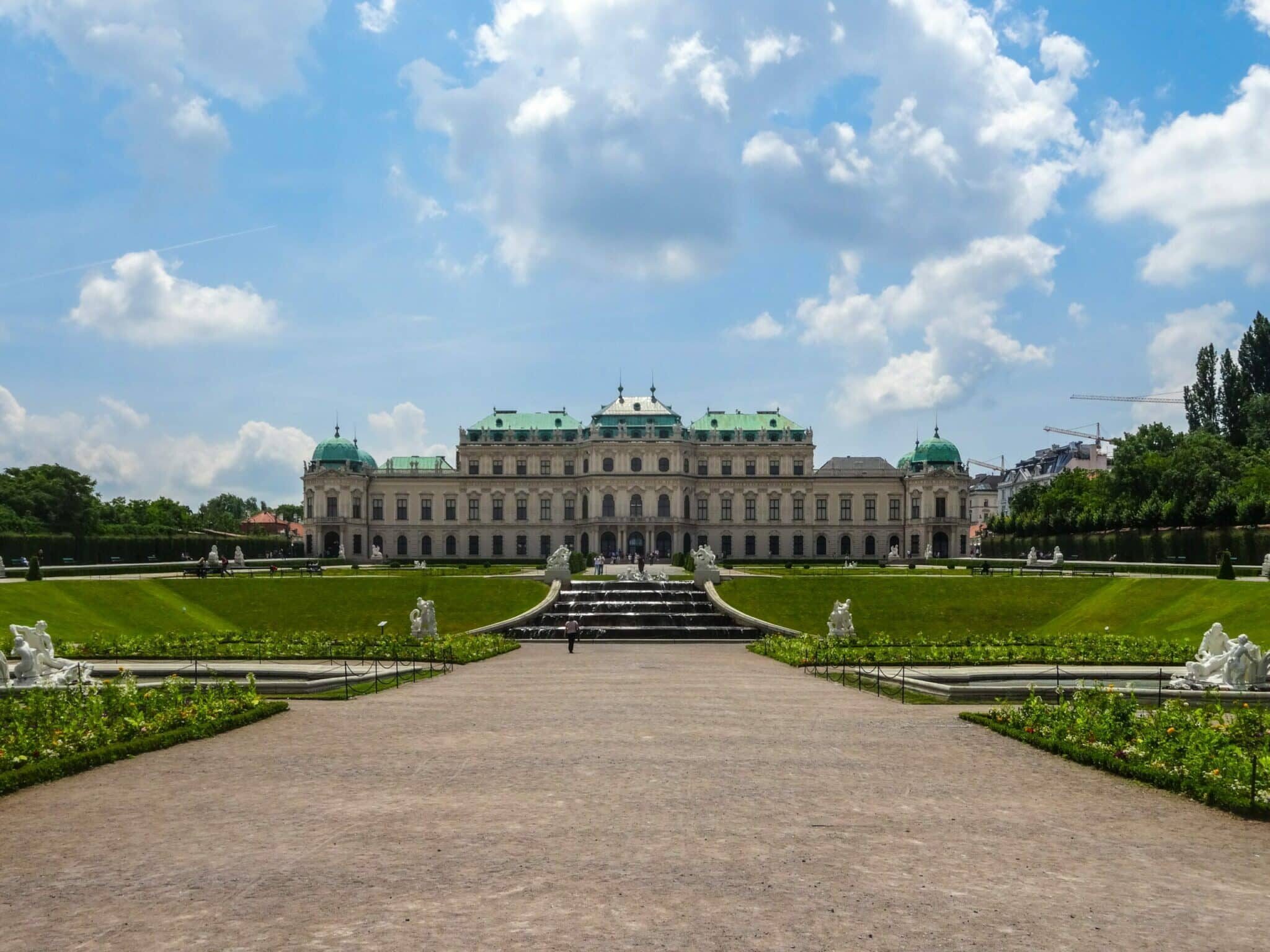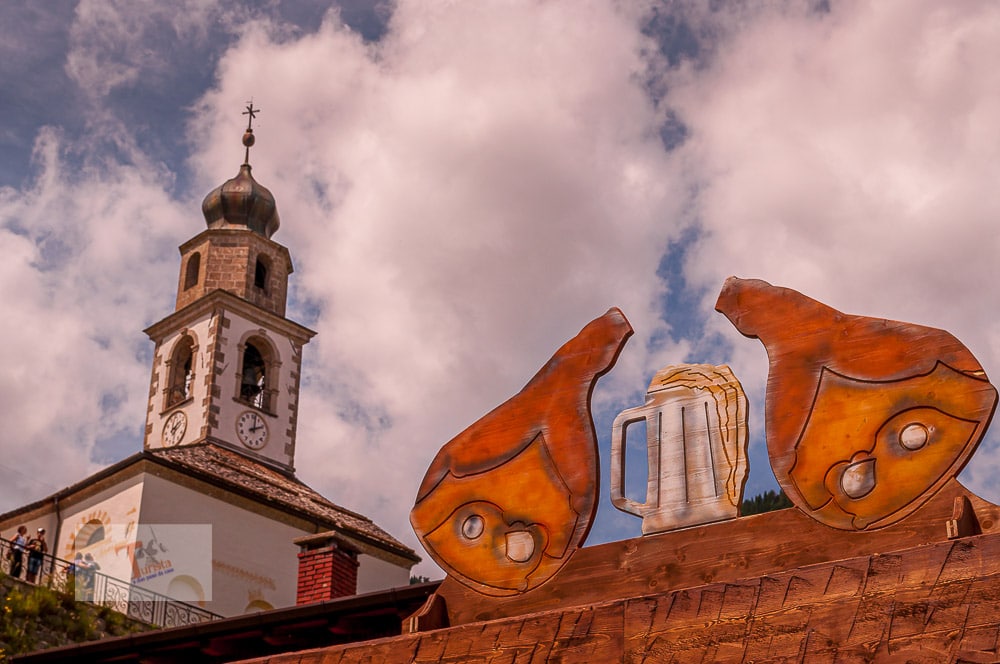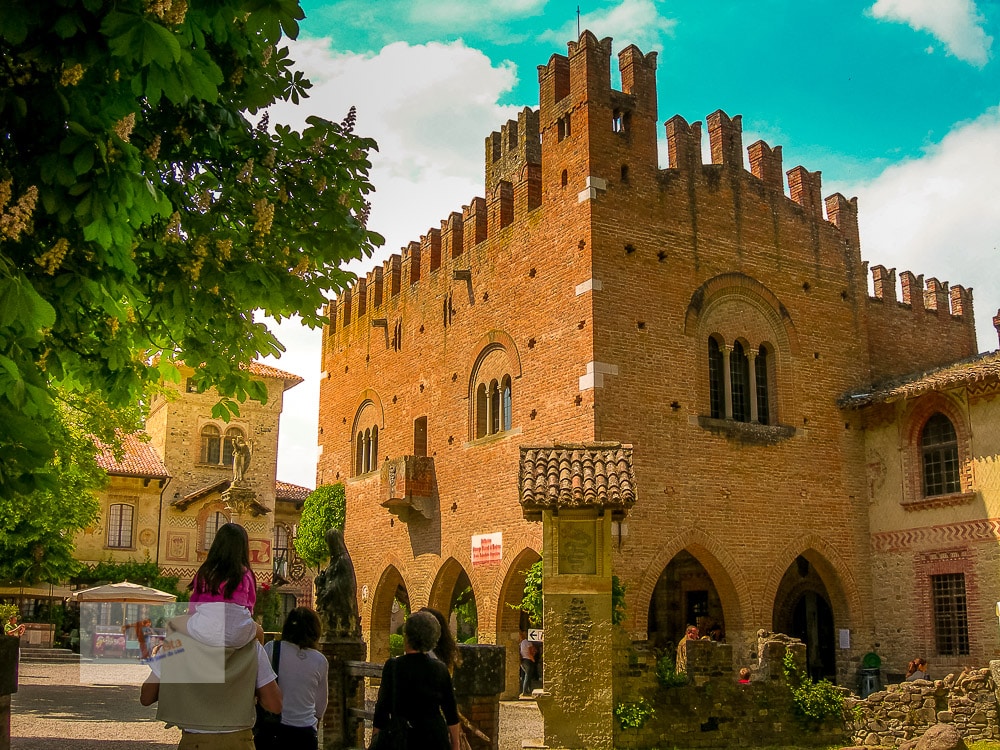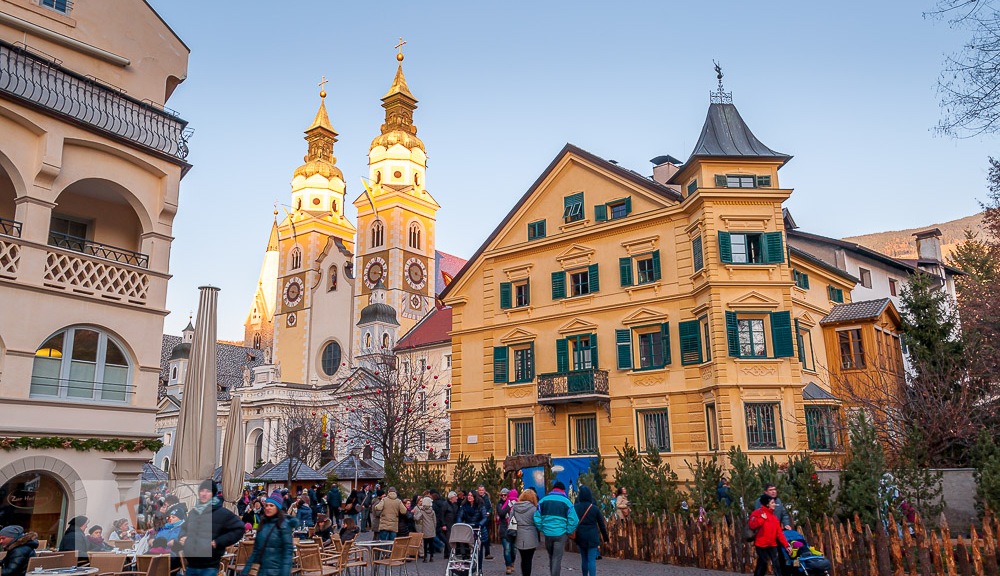We visit Muggia, the Friulian village on the border with Croatia, and from the characteristic Mandracchio
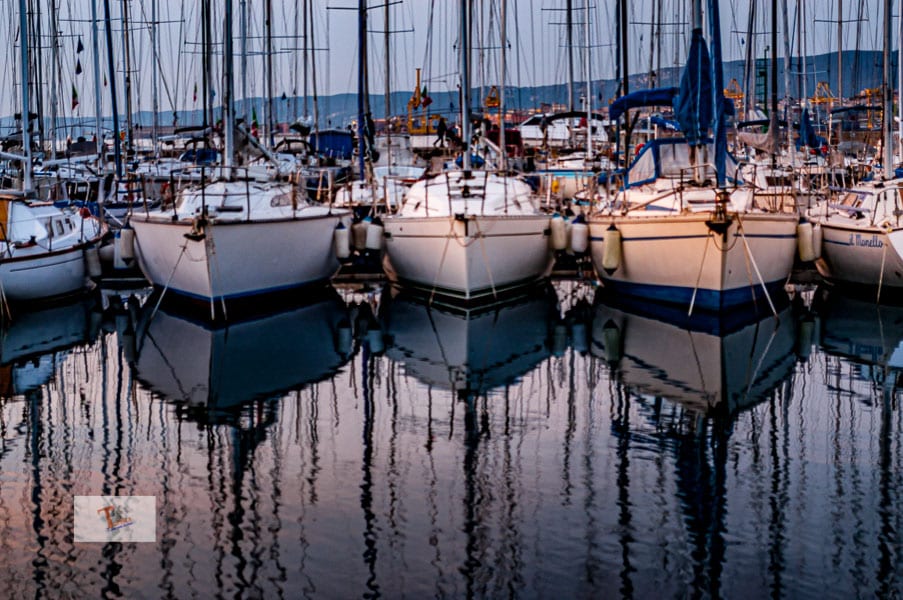
In the stretch where the coast seems to fold in on itself, here is Muggia with its picturesque bay. We are on the border between Italy and Croatia. The Location has the typical Venetian atmosphere in the dock. Walking it almost seems to enter into streets and squares. Even the accent, the customs, the gastronomic traditions here have the flavor of the Serenissima. If you see it from the sea, the colorful houses stand out from the green of the karst environment.
A town that developed around the year one thousand in the area of the marina, and known as Borgolauro, in the thirteenth century, took the name of Muggia. And it was in this period that the most important city monuments were built, such as the cathedral and the town hall.
The port is the fulcrum of Muggia, but the city history of porta al alto, on top of the promontory overlooking the bay. Here the remains of the protohistoric castles of Santa Barbara and Muggia Vecchia were found, where the Romanesque Basilica of the 9th-century stands, which remains the only testimony, in addition to the few walls, of the Roman and medieval past of the village. This is also a panoramic point, from here you can admire the Gulf of Trieste. Here is also the fourteenth-century castle.
Muggia Archaeological Park
In the oldest area of the village, there is the Archaeological Park of Muggia Vecchia. It is a guided tour, also with the help of information panels, which trace the history of the medieval village. Here stands the church dedicated to Santa Maria Assunta.
Basilica of Santa Maria Assunta
It is the parish church of old Muggia, but it has an ancient history. The current church rests its foundations on a previous structure, probably from the Lombard period, belonging to the Benedictine monks of San Colombano. The temple presumably dates back to the 10th century, although the first certain information about the church dates back to 1300. It is a building with three naves with rich Byzantine decorations dating back to between the 14th and 15th centuries. The bell tower dates back to the thirteenth century.
The castle
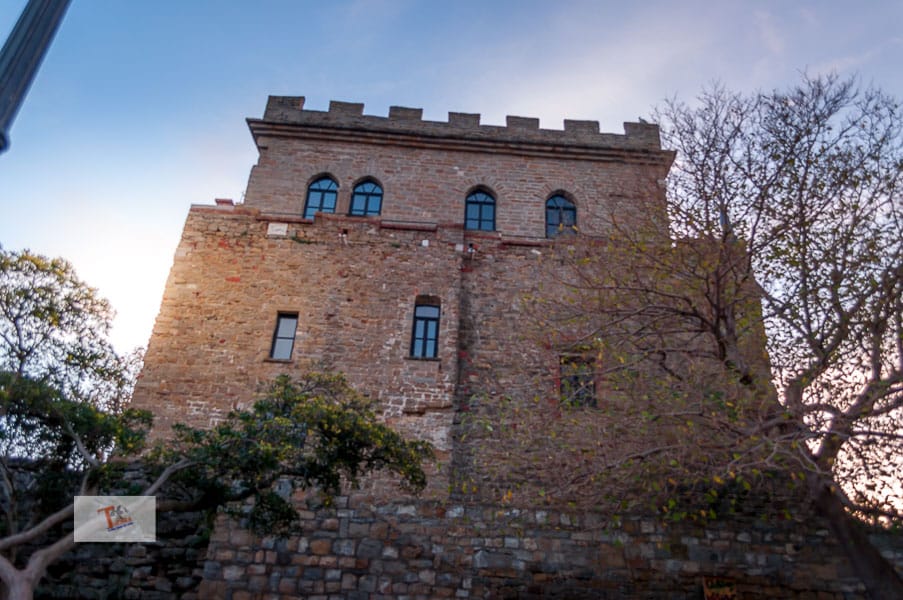
The Castle of Muggia that we see today is a structure that has been remodeled several times over the centuries and represented the crowning glory of the walls. Of the original sandstone blocks from the quarries of Cersei and Pietramaggiore, today very little remains, in fact, they were used in the past by the inhabitants to build their homes. Enlarged and remodeled in the Middle Ages, in the second half of the fourteenth century the complex was included in the defensive project wanted by the Patriarch of Aquileia, while at the beginning of the twentieth century a new tower and parts of buildings for residential use were built. Since 1991 the castle has been private.
Marconi Square
Before going up to the castle, the visit contemplates the splendid Piazza Marconi, the beating heart of the city. The Palazzo del Municipio overlooks the square, a building dating back to the 13th century and which is also noted for the decorations that include the lions of San Marco and the noble coats of arms of the most important city families. The current appearance is the result of renovations following a fire in 1930.
The Cathedral
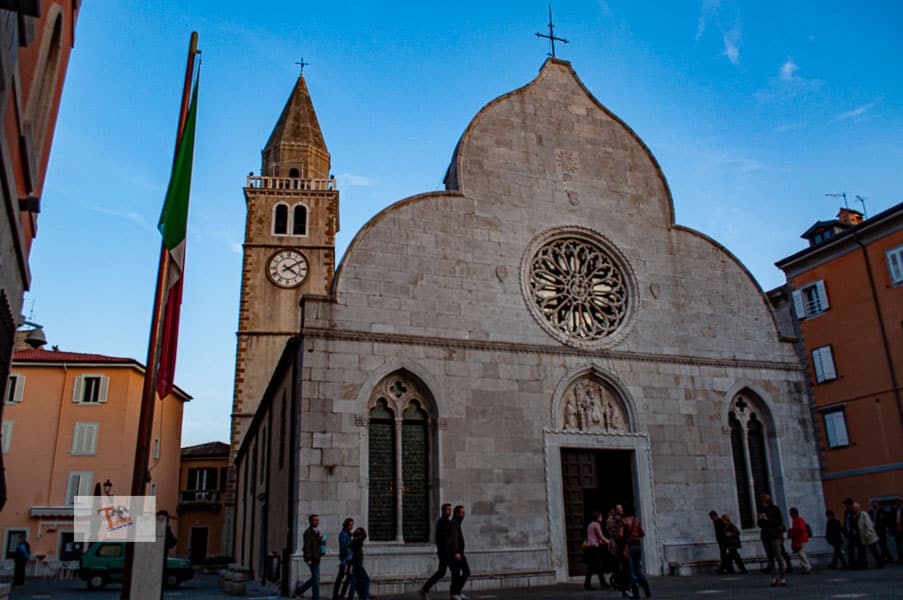
Also on Piazza Marconi overlooks the Cathedral of Muggia, dedicated to Saints John and Paul, it was consecrated in 1263. With a white stone facade and a large rose window surrounding the image of the Madonna and Child. Inside the lunette on the portal is the high relief representing the Holy Trinity adored by Saints John and Paul. The very essential interior has three naves. The bell tower, on the other hand, is 35 meters high and presumably was built before the Cathedral itself.
Church of San Francesco
A typical example of Gothic-Franciscan architecture, the Church of San Francesco was once annexed to a convent. The rectangular-plan building was completed in the first decade of the 1400s. It preserves a fourteenth-century tempera depicting a nursing Madonna, probably from the Bolognese or Marche school.
The Mandracchio
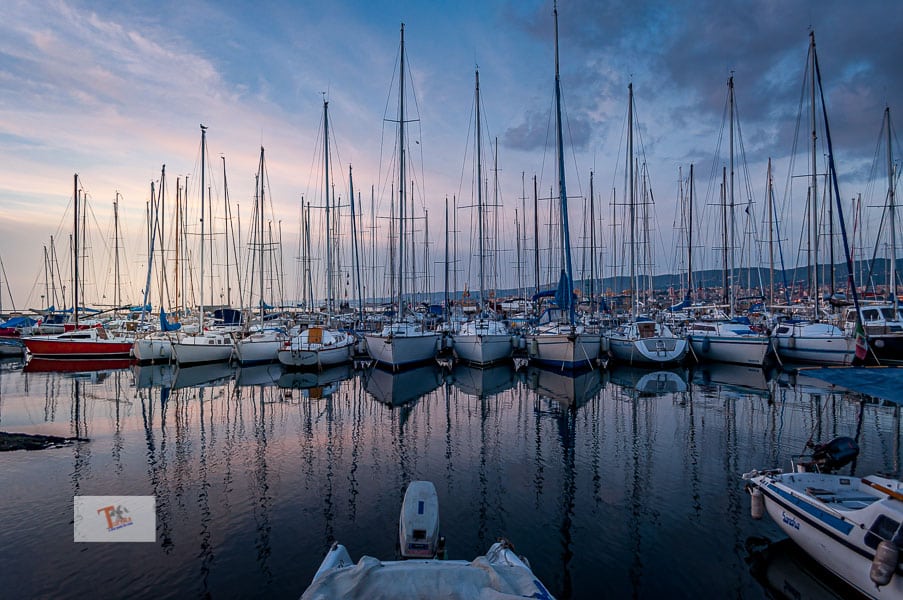
You cannot leave Muggia without stopping in the Mandracchio, which is the colorful city port, where you can observe the fishermen intent in their work. The small port located in the locality of San Bartolomeo is very suggestive.
How do I get to Muggia?
Muggia is located about 14 km from Trieste, in the direction of the border with Slovenia, you can arrive by car following the A4 Venice-Trieste motorway or the A23 Tarvisio-Udine, exit Monfalcone, then follow the motorway junction to the exit by Sistiana. Along the panoramic coastal road, cross the center of Trieste at or to your destination. By train, the closest station is that of Trieste. The nearest airport is that of Trieste, Ronchi dei Legionari.

